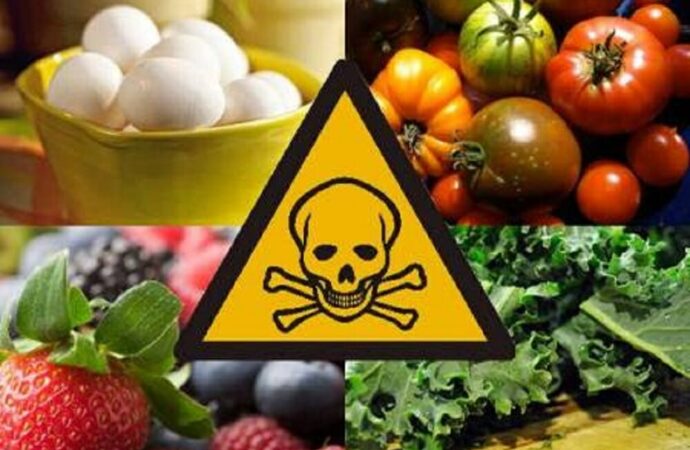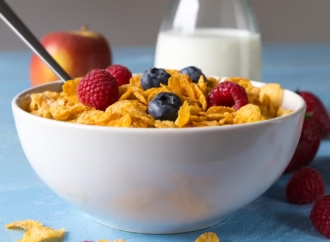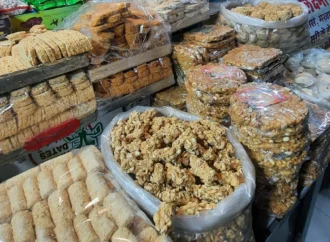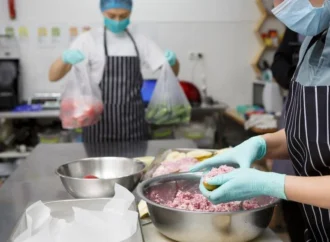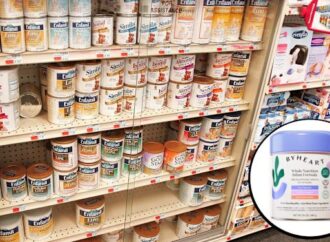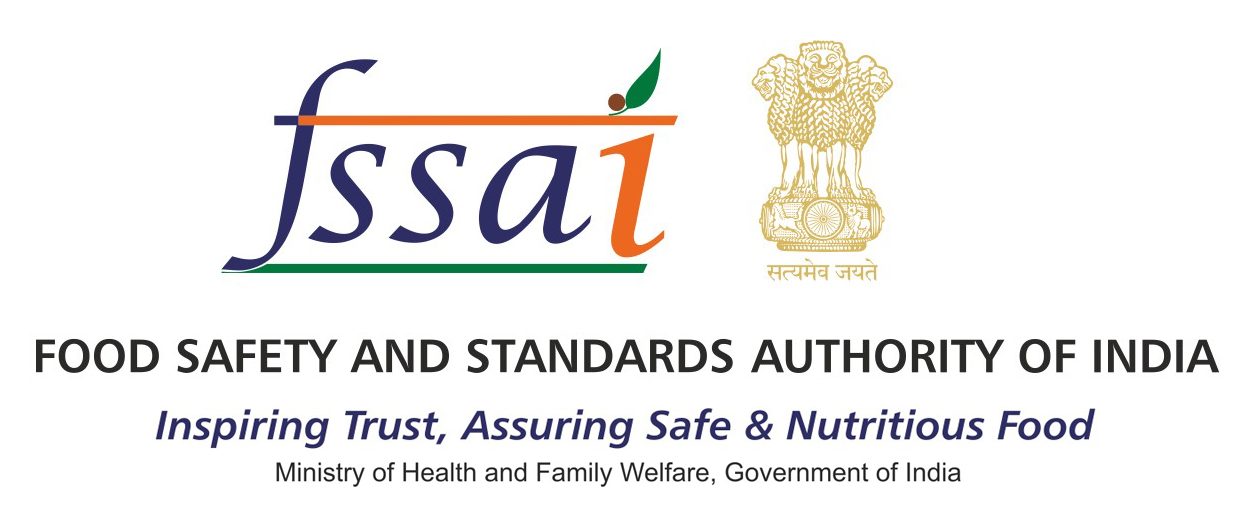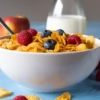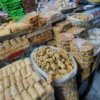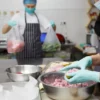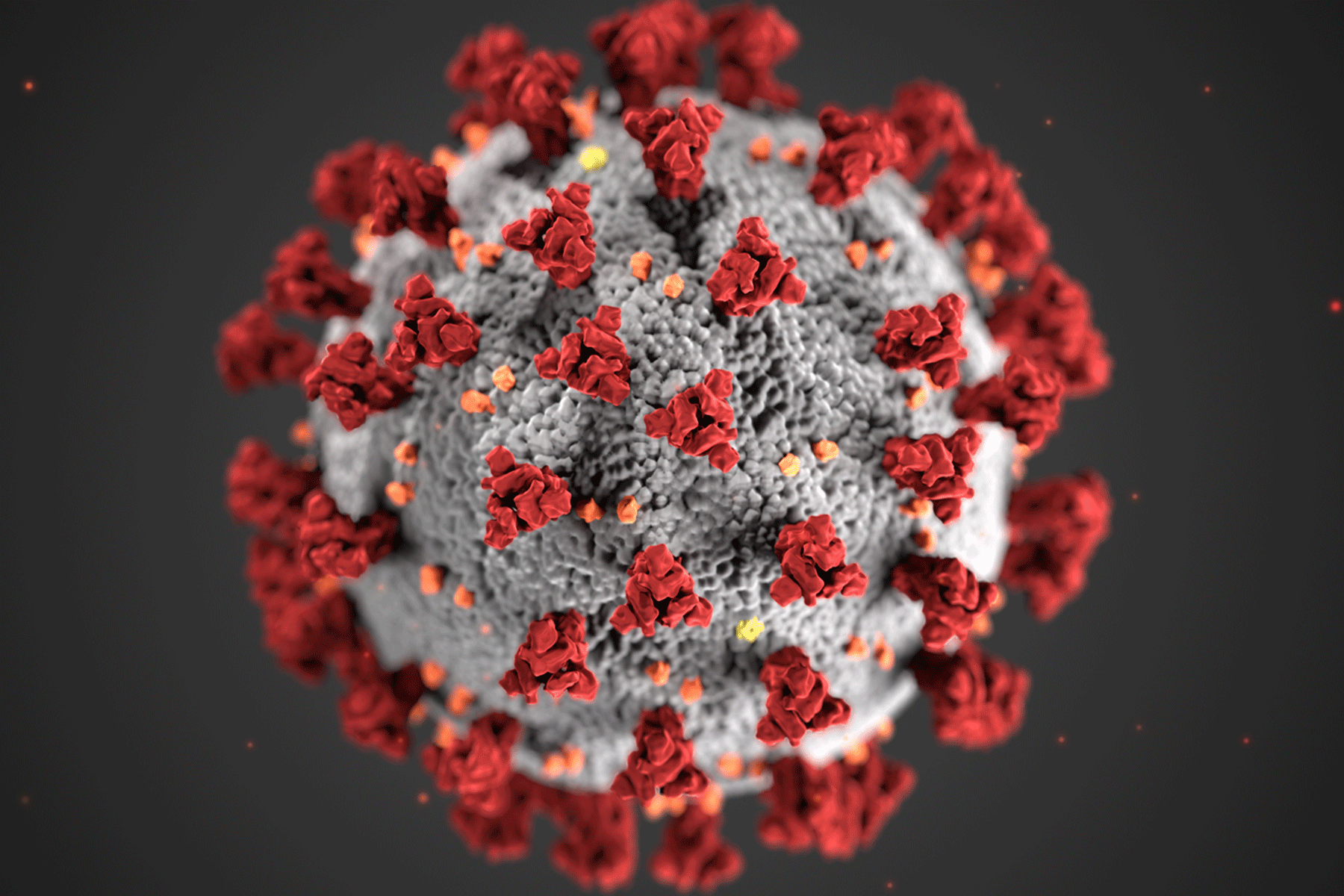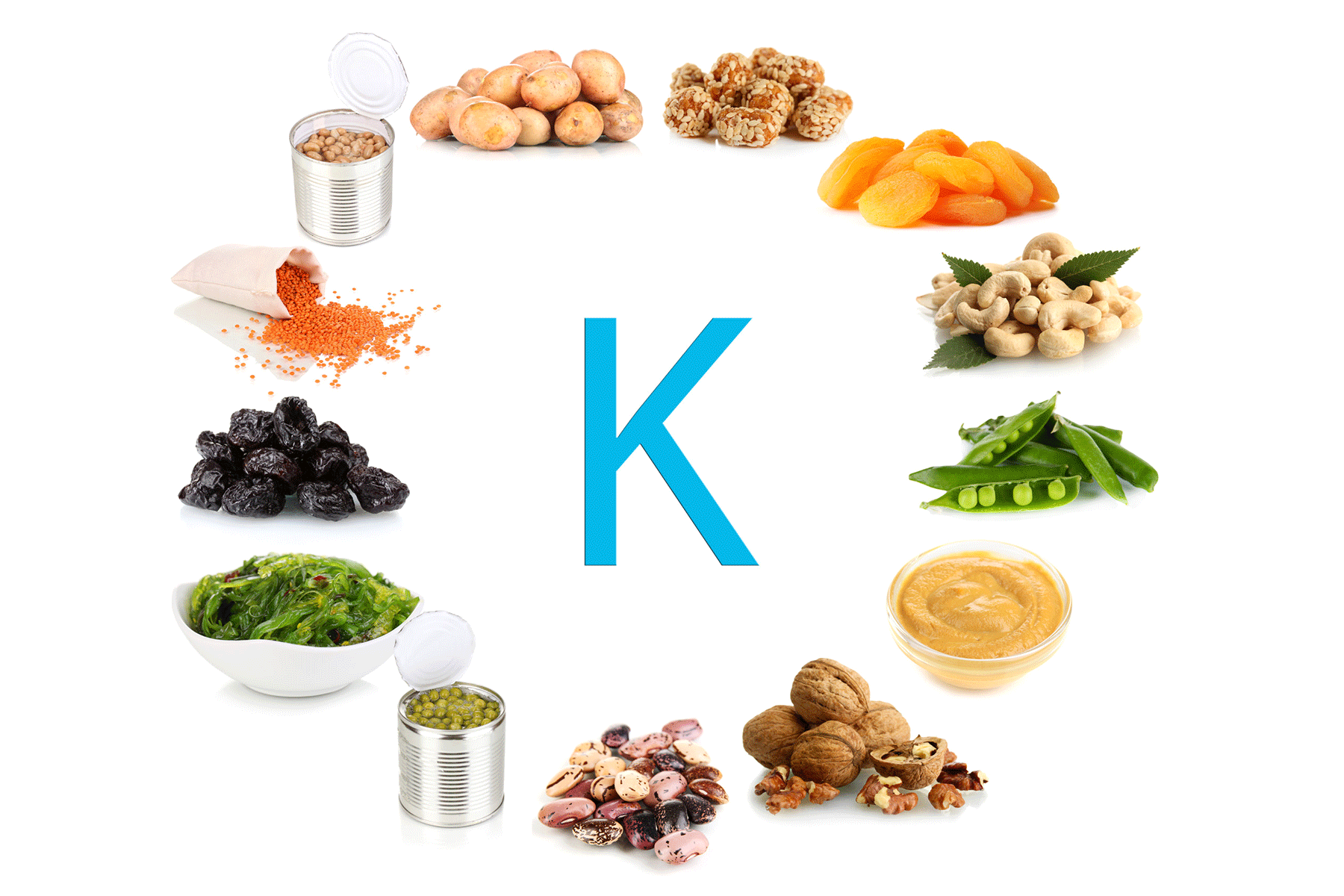Key Update
The Food Safety Commissionerate in Kerala detected dangerous levels of chemicals in food samples collected between April 2024 and March 2025. Tests revealed artificial food colours, pesticides, preservatives, and contaminants. Some foods contained pesticide residues more than 3500% above the permitted limit, raising serious health concerns.
Industrial Dyes and Carcinogens Found in Common Foods
Officials discovered Rhodamine B, an industrial dye that turns food toxic even in small amounts, in jaggery and cane sugar. The cancer-causing dye Amaranth appeared in roseberry, beef chilli, and dried plums. Orange 2 surfaced in red lentils and lemon pickle, while Sudan dyes (1, 3, 4) contaminated homemade chilli powders. Food safety checks repeatedly found chemicals in mixtures, plum cake, banana chips, chilli powder, Kashmiri chilli powder, ready-to-eat chicken, mandi, alfaham, jaggery, coriander powder, and whole coriander.
Key Contaminated Samples
- Plum cake — Sorbate preservative 790% above limit
- Choconutt cake — Sorbate 748% above limit
- Dry grapes (Sona) — Acetamiprid pesticide 3500%
- Ivy gourd (Kovakka) — Acephate pesticide 3100%
- Green grapes — Kresoxim-methyl pesticide 3200%
- Cumin — Metalaxyl 1500%, Tebuconazole 1560%
- Coriander powder — Chlorpyrifos-ethyl 1200%
- Chilli powder — Ethion pesticide 1240%
- Dried chilli — Difenoconazole 900%
- Kashmiri chilli powder — Difenoconazole 2130%
- Toor dal (Red gram) — Uric acid 1519%
Tartrazine Emerges as the Most Widespread Contaminant
The investigation identified Tartrazine, a synthetic food colour, as the most common adulterant, present in 140 samples. Officials also found the banned dye Sunset Yellow FCF in 106 samples. Among pesticides, Chlorpyrifos-ethyl appeared most frequently (46 samples), followed by Tebuconazole (34) and Difenoconazole (30).
Source: Manoramaonline
 Food Manifest
Food Manifest 